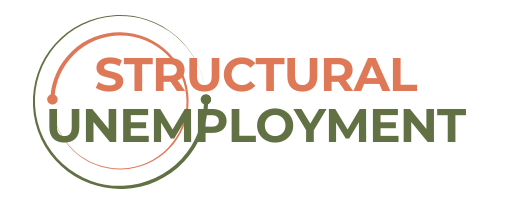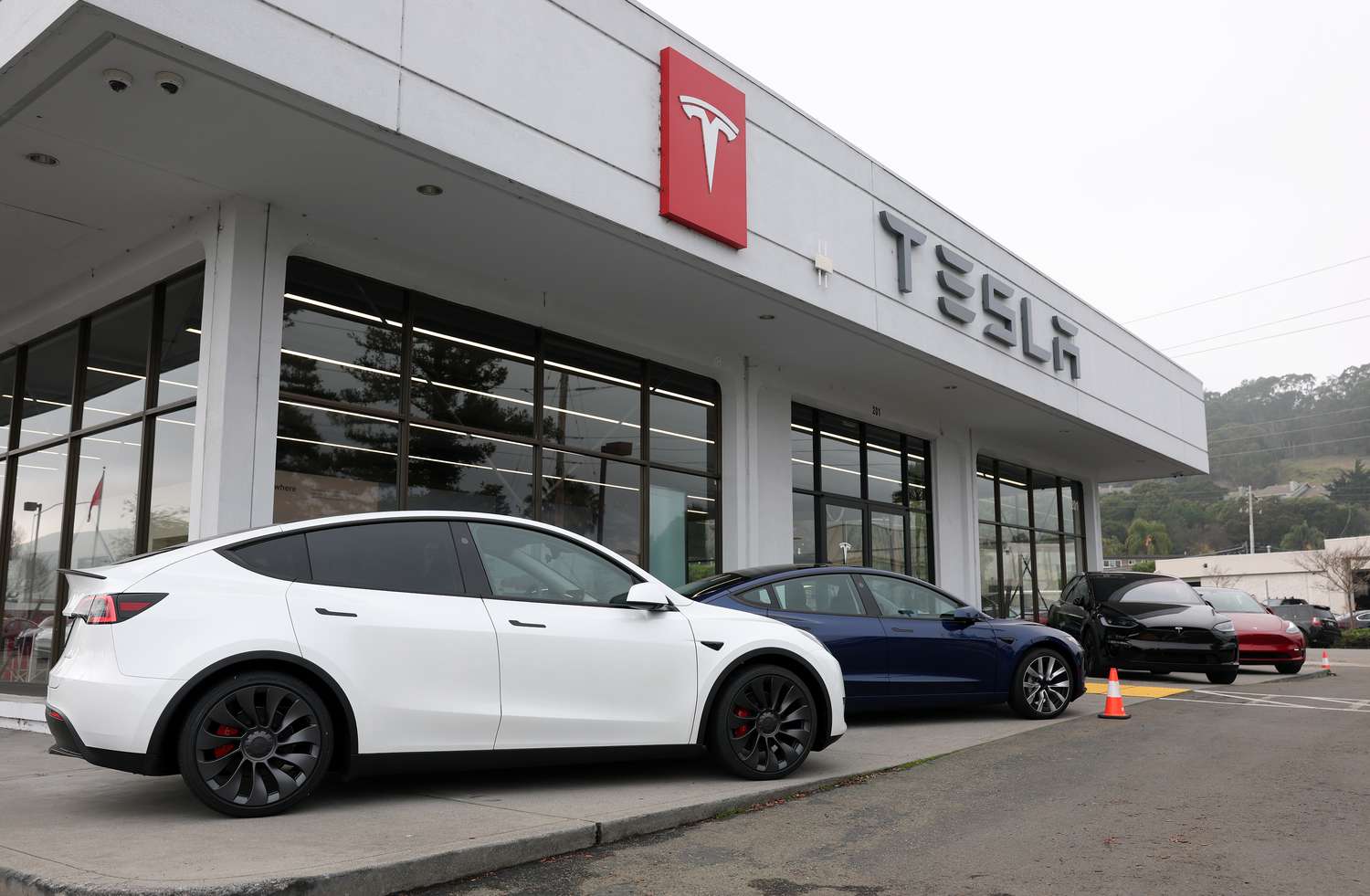2024 saw Bitcoin growing by 111%. One of the safest indexes, the S&P 500, showed 24% growth in 2024. Is Bitcoin a more adventurous investment? There are different takes on this claim.
A quick look at the annual performance of the S&P 500 and Bitcoin in the last decade
The S&P 500 is a stock market index tracking 500 companies with the best performance on the U.S. stock market. These companies normally aggregate around ⅘ of the U.S. companies’ market capitalization.
Nvidia, Apple, Microsoft, Meta Platforms, Berkshire Hathaway and other giants are the core of the S&P 500 index. The value of these companies consistently grow, earning the index a safe investment reputation. Isolated performance of some of these companies exceeds the performance of the whole index. For instance, last year Berkshire Hathaway saw a higher annual rate than the S&P 500.
Bitcoin had incredible ups and severe downs throughout this period, with the highest growth rate at 1,336% (2017) and the most significant downfall at 73% (2018).
The annualized total return for Bitcoin (2013–2023) reached 74.1% against the 13.3% rate by the S&P 500. The total return for the same period is 25,480% (Bitcoin) against 250% (the S&P 500), meaning that each dollar invested in BTC in 2013 brought 100x more money in 2023 than each dollar invested in the S&P 500.
Is that a sheer victory of Bitcoin in the battle with the S&P 500? Well, the battle probably exists only in the crypto X threads. Rather, let’s take a look at the pros and cons of Bitcoin in comparison to the S&P index.
Bitcoin vs the S&P 500
Bitcoin is more adventurous than the S&P 500. Bitcoin spikes higher and drops lower than the S&P 500. If you invested in BTC in December 2017, you would have to wait over two years to regain what you have invested.
More adventurous means riskier. BlackRock advises investing only up to 2% of your money in Bitcoin to play it safe. Interestingly, some think of Bitcoin as a safe investment and even safer investment than the S&P 500. They cite inflation as the factor missed out by many S&P 500 proponents. In the 1970s, the S&P 500 wasn’t safe at all as the inflation rate was surpassing the returns rate. There was another “dark” period in the 2000s. However, in other periods, long-term investment in the S&P 500 proved safe.
Bitcoin has shorter periods of negative annual returns and shorter positive periods. This metabolism makes it a preferred pick over the S&P 500 safety as in five years Bitcoin investors may see the returns dramatically outperforming inflation rates and the chart pits get passed over within these periods.
Another downside of the S&P 500 index noted by the critics is that instead of investing in a successful company, you buy 500 companies, some of which will drag the index performance down (that’s the reason why certain companies have higher returns than the index itself). At the same time the growth of some of these companies is explained by the respective growth of the money supply.
The research by mathematicians Aubain Nzokem and Daniel Maposa shows that Bitcoin has a nearly 40% higher prevalence to create daily returns than the S&P 500 while the value-to-risk rate is four times higher for Bitcoin.
In general, it’s safe to say that lately the S&P 500 was consistent in beating the inflation rate thus serving its main purpose as keeping money valuable. Will it ever go to the moon? Well, probably not as the very structure of this index supposes that you invest in companies that will underperform at some point and average the returns.
Bitcoin, on the other hand, shows the ability to skyrocket and crash all the time. It was considered dead many times, every time at a new height, ironically. So, Bitcoin can serve as the experimental ground in the portfolio hedged by more “stable” investments like S&P 500.




